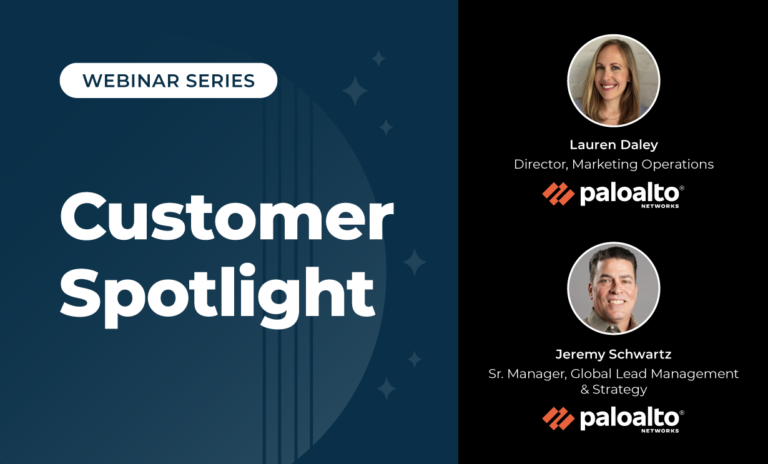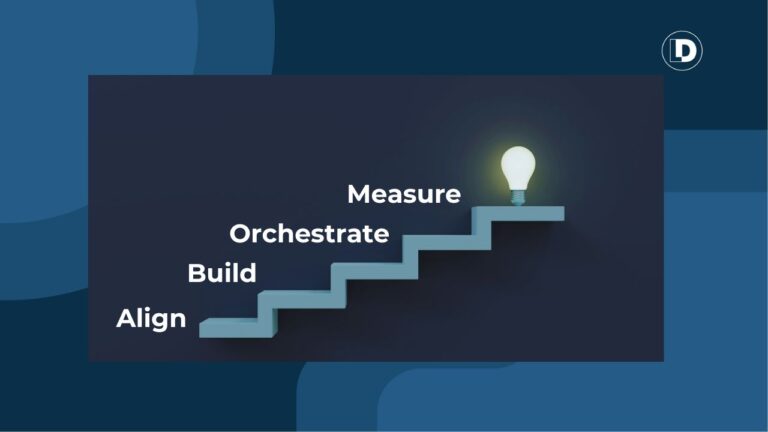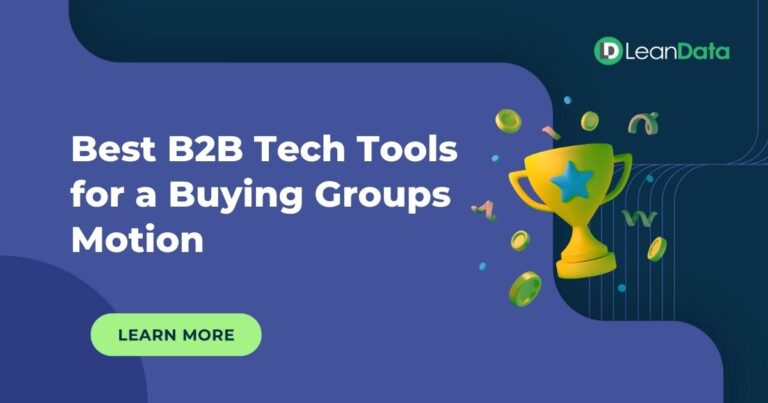Solved: The Mystery of the Stalled Deal
Every salesperson has been there: a deal is progressing smoothly and seems like a sure thing. Then it suddenly grinds to a halt for unknown reasons. The issue? You weren’t selling to the whole buying group.
Behind the scenes, decision-makers you’ve never met, namely finance, IT, legal, and procurement, are expressing concerns. If you don’t engage them early, they can stall your deal.
Here’s how to find and win over these hidden stakeholders before they derail your sale.

The Key Players You’re Missing (Until It’s Too Late)
Most B2B sales teams focus too much on the champion and too little on the full buying group.
That’s risky.
Because, according to Forrester, the average B2B purchase involves 13 people. And, 89 percent of deals require input from multiple departments.
And let’s be honest: getting that many people to agree on anything is tough.
In fact, Forrester found that 91 percent of purchases stall at some point because internal teams struggle to align. Your champion might love your solution, but they’re up against a complex web of competing priorities. If you don’t help them navigate it, your deal could be dead in the water.
Let’s meet the usual suspects in a stalled deal.

1. The CFO: The Budget Gatekeeper
The champion may love your solution, but they can’t sign the check. The CFO controls the money. And they’re laser-focused on costs, financial stability, and whether this purchase fits into the company’s big-picture strategy.
Expect pushback like:
- “This isn’t in the budget.”
- “Let’s revisit next quarter.”
- “Do we really need a new tool for this?”
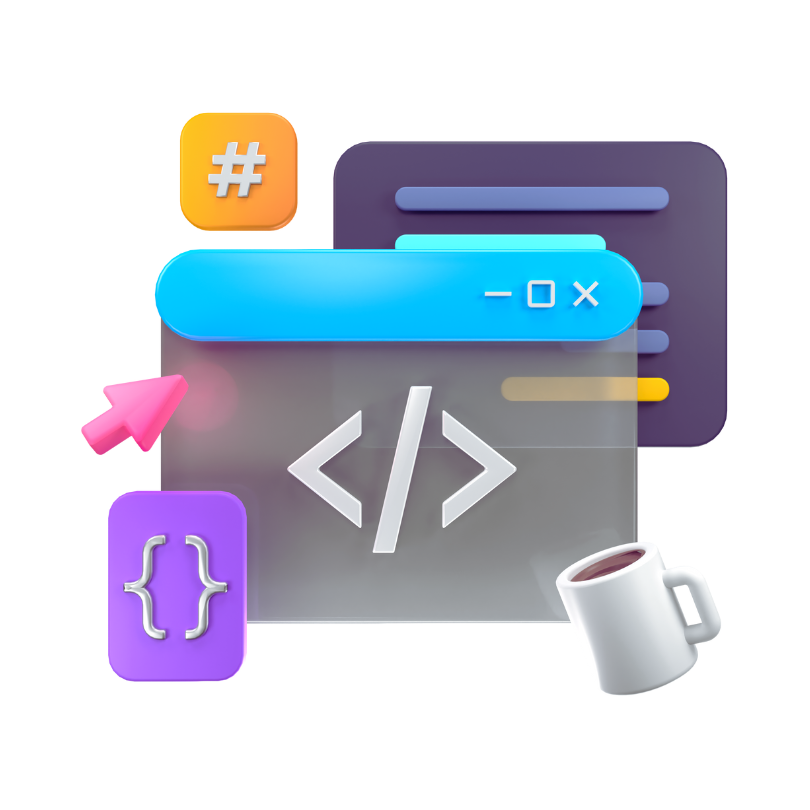
2. IT: The Silent Deal Killer
Your product might be perfect for the buying team, and IT might not say much upfront. But if your solution doesn’t meet their security, integration, or scalability requirements, they can shut things down fast.
Common objections:
- “This doesn’t meet our security requirements.”
- “We can’t support another tool right now.”
- “Does this integrate with our existing systems?”
3. Legal & Procurement: The Red Tape Experts
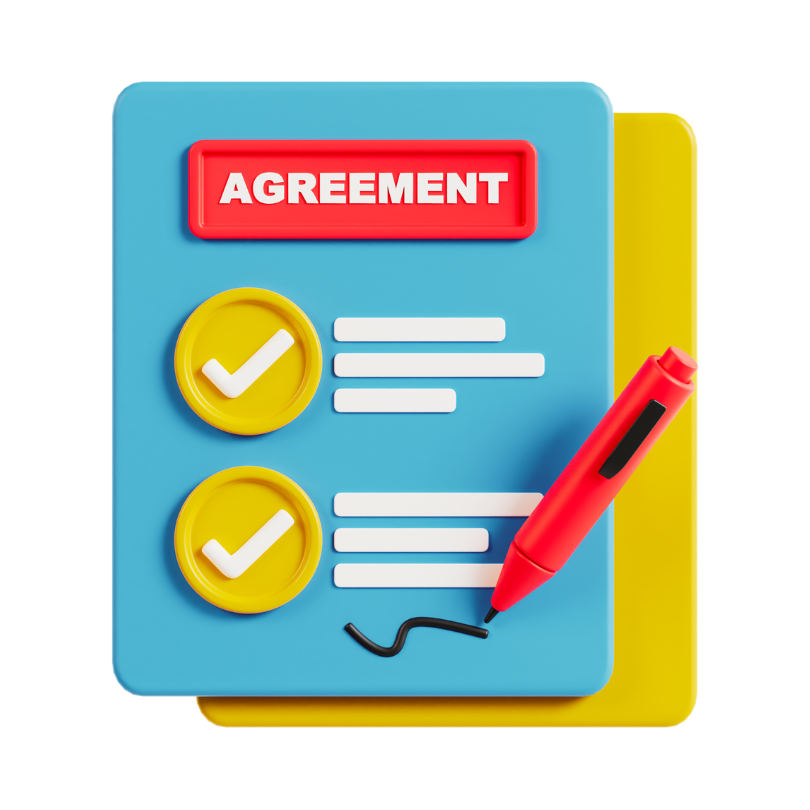
You think the deal is done. Then Legal & Procurement step in, and the process slows to a crawl.
Their job isn’t just getting a new vendor on board. They’re on the hook to enforce compliance and ensure your solution won’t create regulatory headaches or legal risks.
They also need to safeguard their company’s reputation, legal standing, and existing partnerships. If they spot potential red flags, expect delays until every concern is addressed.
Common delays:
- “We need to revise the contract.”
- “This vendor isn’t pre-approved.”
- “We require additional compliance checks.”
As Jim Bell, LeanData’s CMO, emphasizes, “Buying groups are what top B2B account executives have always done: they build relationships with all stakeholders involved in the buying process. By operationalizing this, you can lift the performance of the entire sales team, not just your top reps.”

How to Identify These Deal Blockers Early
The best sales teams don’t wait for roadblocks – they anticipate them.
One way they head off deal blockers is by mapping the full buying group early. Follow these steps to do the same:
1. Use Your CRM to Identify Key Decision-Makers
Your CRM is a goldmine of insights. Start by analyzing past deals:
- Correlate contacts with accounts. See who was involved in similar purchases.
- Review closed-won opportunities. Who signed off? Since winning deals usually involve multiple stakeholders, these personas will likely play a role again, especially in upsells or cross-sells.
- Check Opportunity Contact Roles. If only one person is listed, that’s a red flag. Deals with multiple decision-makers move faster and close at higher rates.
You can easily get at these insights with LeanData’s Buying Groups Blueprint. Once you identify these gaps, you can fill them in with new contacts or by nurturing existing leads and relationships.
LeanData CEO Evan Liang explains: “Adding more people to buying groups actually speeds up deals by preventing last-minute surprises. Our clients, like Palo Alto Networks, have seen a 2x increase in win rates and higher revenue.”
2. Ask the Right Questions to Reveal the Full Buying Group
Leverage your champion to fully map the buying group. Remember: you want to understand who is involved and figure out how to best align with the prospect’s buying process.
Great questions for your champion:
- “Besides you, who else needs to sign off on this decision?”
- “Has IT or Finance been involved in similar purchases before?”
- “Who might raise concerns or objections about this solution or purchase?”
- “What’s your internal approval process for a purchase like this?”
Listen carefully and ask follow-up questions to fully understand who holds influence and what roadblocks might arise.

How to Engage and Win Over Hidden Stakeholders
Now that you know who they are, here’s how to bring hidden stakeholders into the process before they derail your deal.
1. Proactively Involve the CFO in the ROI Conversation
Don’t wait for Finance to push back. Instead, address ROI upfront. The CFO wants hard numbers, so build a financial case that shows:
- Revenue impact: As an example, LeanData’s Buying Groups Blueprint reveals how deals could have performed with a Buying Groups motion. Specifically, it pinpoints lost revenue and potential gains.
- Cost efficiency: Show how the tool will reduce inefficiencies and pay for itself. Get as specific as possible, contrasting the current state with what’s possible.
For example:
- “Marketing wastes spend on leads that won’t convert. LeanData provides visibility into the entire buying group, uncovering organizations that are truly ready to buy.”
- “We’re overpaying for overlapping software tools/tech stack bloat. LeanData allows you to optimize and consolidate your tech stack around your business needs. That means negotiating one vendor contract, supporting one implementation process, and dealing with one customer support team instead of multiples.”
- Real-world proof: Use case studies to drive the point home:
- F5 saved thousands of hours by automating lead sorting.
- Snowflake cut SDR research time by 78%.
- Zendesk saved 55 hours per week by automating routing rules.
As Evan Liang puts it, “The changing B2B landscape renders the traditional MQL or ABM go-to-market strategies less effective. Sales conversion rates improve with more people in the buying group, uncovering new opportunities missed by lead-based approaches. This combination of factors justifies the ROI.”
2. Loop in IT Before They Say No
Waiting until the final approval stage to involve IT is a mistake. According to Foundry, 37 percent of tech purchases stall during evaluation. And 94 percent of IT teams seek additional support from vendors at this stage.
The takeaway? Proactively equip them with the documentation they need to vet your solution.
IT doesn’t want a solution that drains resources or complicates existing projects. Ease their concerns by demonstrating ease of integration, security, and minimal maintenance requirements.
Here’s how LeanData addresses key IT questions:
Q: How complex is the integration process? Will it require custom development or additional resources?
A: LeanData fast-tracks implementation with tools like routing templates, snippets, and previews. As a 100% Salesforce-native app, it allows users to manipulate fields and initiate processes without custom development.
Q: How much time will IT need to spend managing this system?
A: LeanData is a no-code orchestration solution, so Ops teams can manage daily admin work. Your IT team can offload maintenance and let revenue teams take control of routing logic without needing developers.
Q: Does this platform pose any risk to our data security or governance policies?
A: LeanData runs within and leverages the security measures on the Salesforce platform. This includes a multitenant architecture that ensures each organization’s data is siloed and inaccessible by other tenants. No personally identifiable information is stored outside Salesforce, and all communication happens through secure methods like OAuth 2.0.
Q. Can this platform handle our data volume without slowing down or failing?
A. LeanData will not fail during periods of a high volume of new or updated records. All inserts and updates will be tracked via our token object – CC Inserted Object. During a period of high volume, the throughput will remain the same but if the incoming volume is more than the throughput, a backlog will be created and continued to be processed until completed. Outside of extreme scenarios, even our most high-volume customers have their routing backlog completed during off hours before their peak volume hours the following day.
Q: Does the vendor offer 24/7 support? How quickly can they resolve critical issues?
A: LeanData offers global support across EST, PST, and IST time zones, plus fast responses via the AI-powered chatbot, Ask Otto.
Q. What security certifications has your organization earned?
A. LeanData undergoes annual security reviews to maintain its Salesforce AppExchange listing.
Beyond answering these concerns upfront, offer a direct call between your IT and the buyer’s IT teams to address concerns early.
Per LeanData CMO Jim Bell, “Marketing can run account based ads or brand oriented things to make sure that when the finance person, or the IT person, or somebody who’s typically not your champion, but who’s going to get involved in that process, has some understanding of your brand and what you’re about. This creates more awareness and positive perception to help support buying groups.”
3. Make Legal & Procurement’s Job Easy
Legal and Procurement can stall a deal for months so involve them early. Send contract terms for review before the final stage and follow these best practices:
Legal & Contract Approval Tips:
- Identify who in the buying group is involved in contract review
- Secure their buy-in before sending anything to Legal
- Set clear expectations about each stakeholder’s role
- Communicate contract timelines (e.g., “This review usually takes 10 business days”)
- Use standard form agreements to minimize redlines
- Define key terms clearly and avoid ambiguous language
- Request pre-approved language for commonly redlined clauses
- Consider separate documents (e.g., MSA and SOW) for faster review
- Use contract management software to streamline signing
Vendor Approval Process Hacks:
- Ask upfront about vendor approval steps and required documentation
- Identify roadblocks early to prevent last-minute delays
- Prepare all necessary legal, security, financial, and compliance documents in advance
- Assign a single point of contact to ensure smooth communication
- Submit paperwork through digital portals when available
- Respond quickly to Procurement’s requests and questions
- Run parallel approval processes to keep things moving
- Offer assistance with internal processes to remove bottlenecks
- Keep momentum with follow-ups and gentle check-ins
Since compliance is always a concern, address data security head-on. For example, LeanData reassures Legal that all customer data stays within their Salesforce instance. LeanData does not move, access, or own any customer data, which eliminates major compliance risks.

Measuring Success—How Buying Groups Impact Revenue
Applying lead-centric or legacy ABM processes to members of a buying group is outdated and inefficient. It results in a longer sales cycle, a poor buying experience, lead leakage, and a waste of marketing investment.
In contrast, companies that track and engage full buying groups see a dramatic increase in deal success. That’s because a buying group motion meets buyers with the right messages, acting as an ally the moment they’re ready to take action.
What the data shows:
- Deals with engaged buying groups see 2X higher win rates.
- Sales cycles are 50% faster when IT, finance, and legal are involved early.
- Companies tracking full buying groups see 15% more opportunities progress through the pipeline.
How to measure the impact of buying groups:
- Are multiple decision-makers engaged in each opportunity?
- Are deals with full buying groups closing faster?
- Are Legal and Procurement causing fewer last-minute delays?

Stop the Blockers Before They Stop You
Your deals aren’t slipping away by accident – hidden stakeholders are blocking them. The best way to prevent surprises at the last minute?
Identify and engage the full buying group early.
Use CRM data, automation, and proactive engagement to avoid late-stage roadblocks. There’s never been a better time to capitalize on the advantages of this technology and approach.
“The idea of buying groups has been around since the beginning of B2B selling. CRMs have long captured opportunity contact roles. However, it was really hard to make it happen. Now with technologies like LeanData, we’re able to automate much of this process. That makes buying groups operationally viable for large enterprises.”
-Evan Liang, CEO and CoFounder, LeanData






